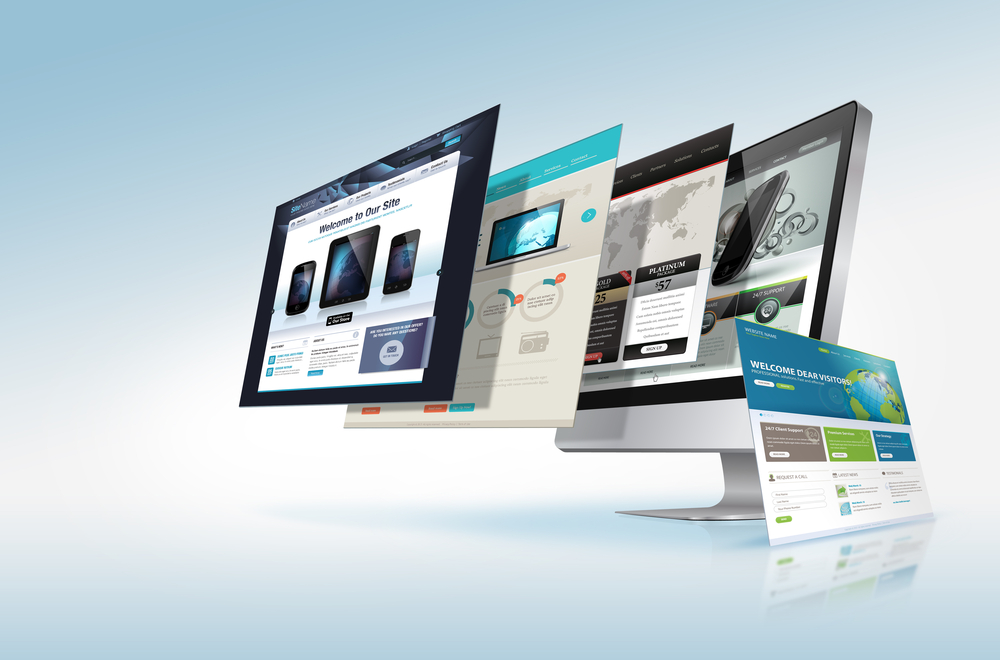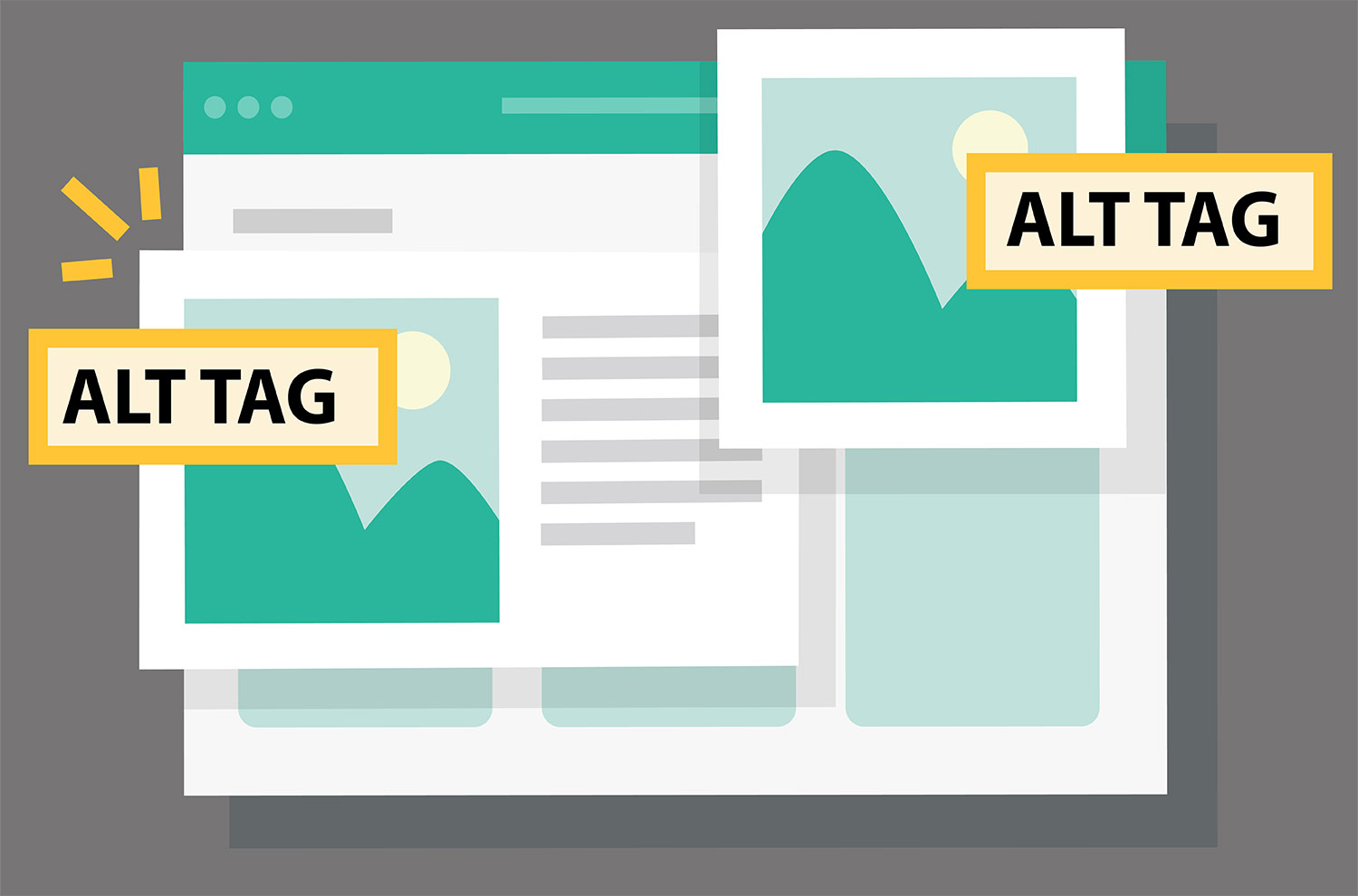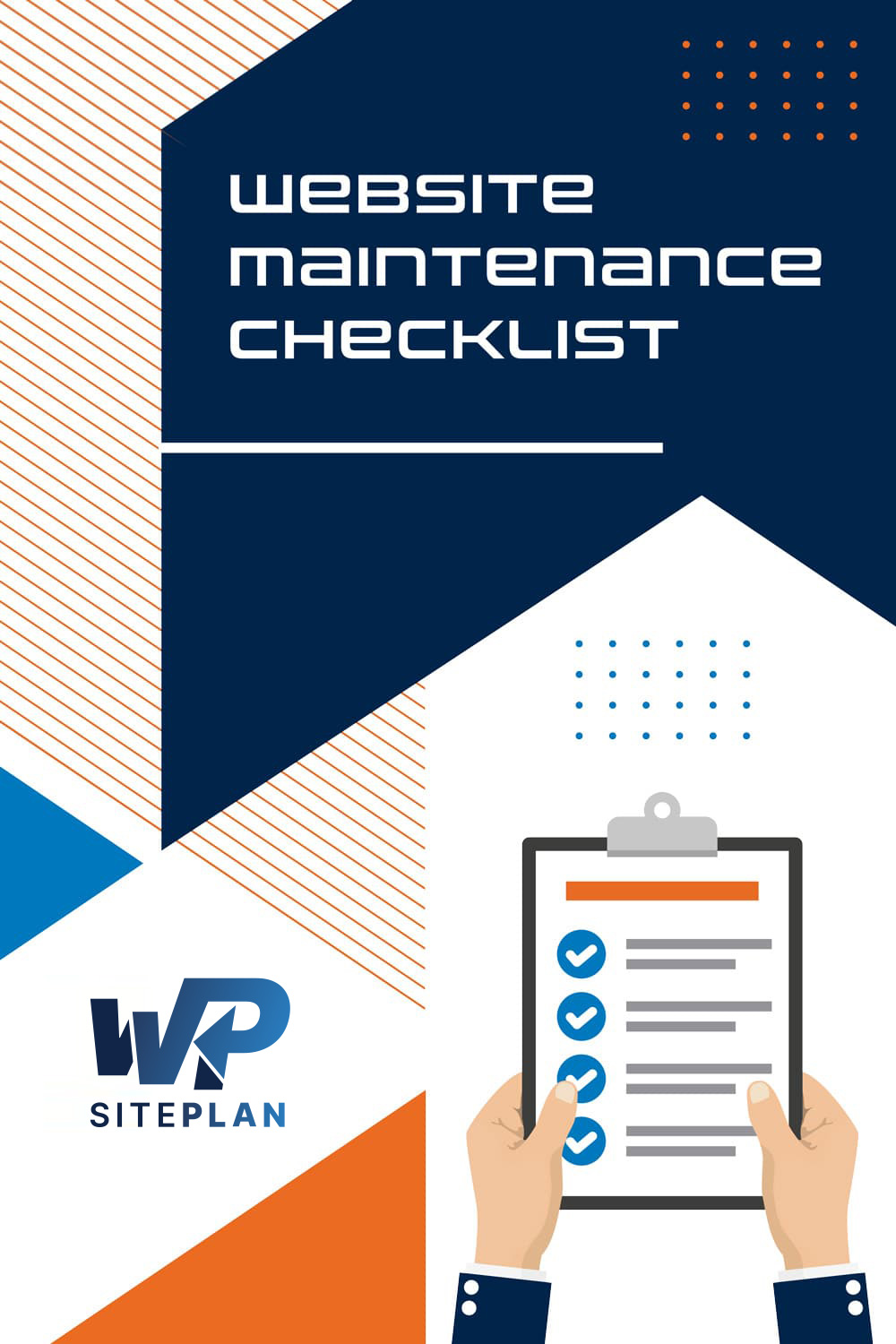ADA Compliant
Website Design
As technology continues to advance, the internet with assistive technology has become an integral part of everyday life. The internet has made the world smaller, from shopping to job searching to connecting with friends and family. However, with the increased reliance on the internet, it’s integral for businesses to prioritize website accessibility to ensure their sites are usable by all users, including people with disabilities. ADA compliance guidelines may seem daunting, but with WP SitePlan’s team of accessibility specialists, we are your one-stop-shop for all things to achieve ADA compliance.

The Importance of Web Design for Visually Impaired Users
The Americans with Disabilities Act (ADA) is a federal law that prohibits discrimination against individuals with disabilities. They are cut and dry with website accessibility guidelines. The law applies to employers, landlords, and businesses that are open to the public. ADA guidelines law has recently been extended to include websites, as they are considered public spaces. Businesses must ensure that their websites, including web content, are accessible to individuals with disabilities or risk facing legal action.
One way to do this is through ADA-compliant website design. Accessibility issues will be a thing of the past with WP SitePlan’s assistive technologies of screen readers, alt text distribution and other basic principles enable website users to navigate seamlessly.
Not sure if you’ve heard, but the IRS is now providing tax credits to companies that invest in web accessibility solutions or tools that optimize websites for ADA compliance. To learn more, please visit ADA Tax Credit.
What You Need to Know about Website Accessibility
The Best User Experience Possible
In addition to the technical aspects of ADA-compliant website design, it is also important to consider the overall user experience. This includes designing the website with a clean and simple layout and providing clear and consistent navigation. By providing a positive user experience, businesses can ensure that all users, including those with disabilities, will want to use their website.
In conclusion, ADA-compliant website design is essential for businesses that want to ensure their website is accessible to all users, including those with disabilities. By following best practices for ADA-compliant website design, businesses can ensure that their website is easily navigable and accessible to all users, regardless of their abilities. This includes using alt tags, clear and simple language, keyboard navigation, and providing alternative methods for interacting with the website. Additionally, it is important to consider the overall user experience and design the website with a clean and simple layout. Don’t forget about the importance of having your website found via search engines through ongoing search engine optimization.
Why is Website Accessibility Important for SEO?
Incorporating SEO best practices in addition to the above measures will help your website comply with the ADA and improve its visibility on search engines, which in turn can drive more traffic to your website.
In summary, creating an ADA-compliant website is the best way to address the needs of those with conditions preventing them from successfully navigating the content on your site. It will also add a layer of protection for your organization from potential lawsuits that may stem from your website not being ADA-compliant.
Use our website accessibility audit to make sure your website is ADA compliant. Our team of experts lets you rest assured that you will get a website that is user-friendly and accessible to all.





